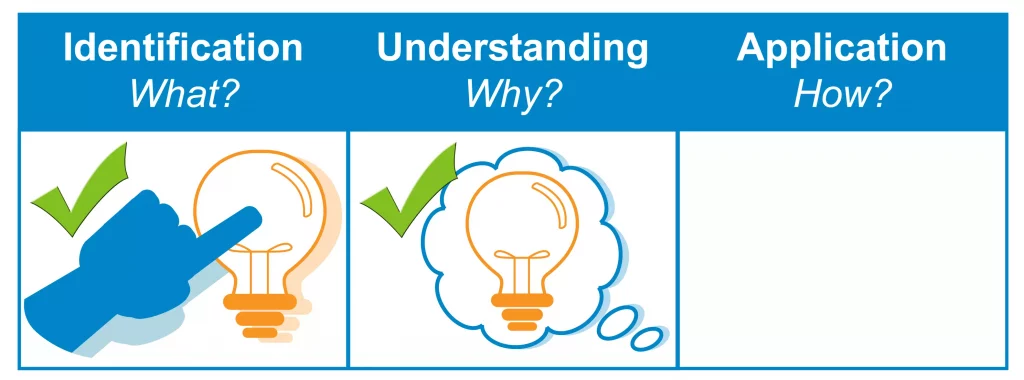Course Description
Oil Seal Fundamentals: Rotary Applications introduces learners to the overall concepts and terminology associated with oil seals used in rotary or radial applications. In addition, this course provides a variety of important tips and best-practice methods for the purchase, testing, and installation of oil seals. Using THORS’ 3D-animated and visually rich interactive format, the course also depicts the steps involved in properly manufacturing oil seals for modern applications. Whether the course user is new to oil seal industries, or is a seasoned veteran, there are practical learning moments contained in this course for everyone.
Who will benefit from this Rotary Oil Seals course?
Quality, manufacturing, engineering, purchasing, and sales functions at organizations that require an understanding of rotary oil seals.
Course Classification

*THORS uses the Bloom’s Taxonomy Methodology for our course development.
Certificate Awarded for Oil Seal Fundamentals: Rotary Applications

*upon successful completion
Related Posts

The Versatility of Static Seals
The versatility of static seals is crucial in engineering as they ensure complete They play an essential role in appliances such as refrigerators and plumbing

Knowing Customer’s Personality Style Adds Value
Maybe you think the value is obvious. If you can speak the same “language” as the person you are talking with, you can build trust

5 signs you should invest in effective workforce training
In today’s constantly changing marketplace, the importance of workforce training has never been greater. Workforce training has the ability to not only increase workforce efficiency



